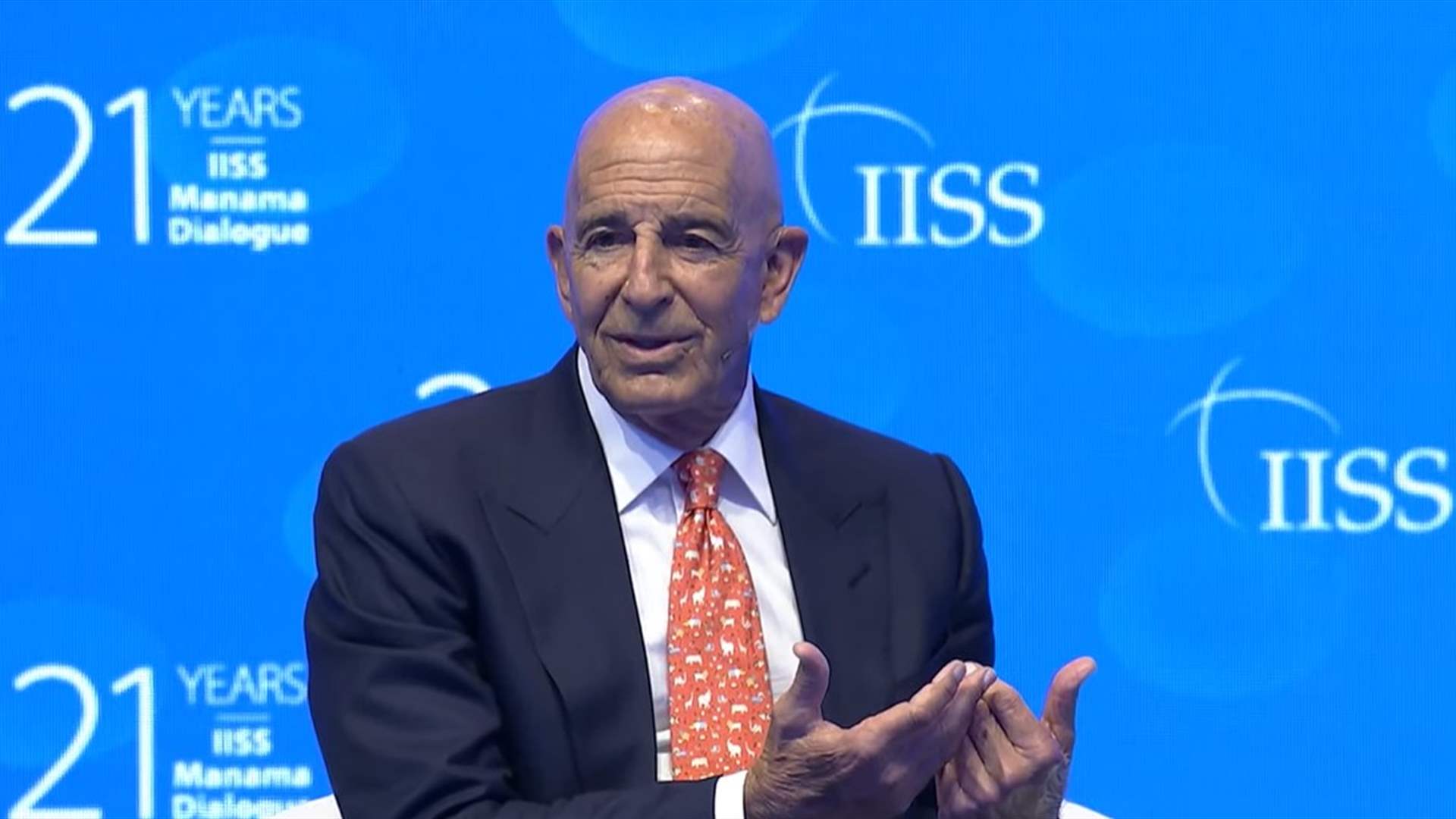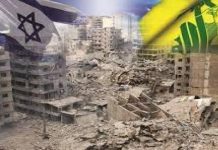What Is Hezbollah Planning For The Third Lebanon War
Jerusalem Post/April 21/17
As Syria continues to disintegrate, the chances increase that a new conflict with Hezbollah will erupt. In Military Intelligence they call it “Fire-by-Six,” a reference to the dramatic transformation of Hezbollah’s rocket and missile arsenal in the 10 years that have passed since the Second Lebanon War.
The first change is in quantity. In 2006, Hezbollah had approximately 15,000 rockets, of which it fired about 4,300 rockets during the 34 days of fighting, an average of 130 a day. Today, the Iranian-backed group is believed to have around 130,000 rockets and missiles, and is expected to be able to fire approximately 1,000 a day in a future war.
The next five changes are in quality. Hezbollah’s missiles today have, for example, a longer range. In 2006, the group could strike Haifa and north. Today it can strike almost anywhere it wants within Israel. The missiles also have larger warheads, greater accuracy, and the ability to launch from deeper inside enemy territory, and not just from southern Lebanon as in 2006. In some cases, it can even fire the missiles from within fortified and underground silos.
One example is the M-600. Made in Syria, the M-600 is a clone of an Iranian missile called the Fateh-110, with a range of about of 300 km. and a 500-kg warhead. It is also equipped with a sophisticated navigation system, meaning that Hezbollah can strike any target it wants to.
Israel believes that Hezbollah has several hundred M-600s stored in underground silos and homes throughout central and southern Lebanon. The terrorist group is also believed to have a handful of Scud missiles, including the advanced Scud D it received from Syria which has a range of 700 km.
This puts the Knesset in Jerusalem, the nuclear reactor in Dimona, and the power plant in Ashkelon all within Hezbollah’s range.
Hezbollah has also improved its capabilities on the ground – it has around 5,000 guerrillas currently fighting in Syria, and while some 2,500 have been killed and another 6,000 or so have been wounded, the organization has gained real battlefield experience, meaning that it will be an even more difficult adversary in a future ground war.
The prevailing assessment in the IDF is that Hezbollah will fire its long-range missiles early on in the next war, the result of two motivating factors: first, the group will want to inflict great damage and devastation on Israel as quickly as possible. Second, it remembers the first night of the Second Lebanon War in 2006, when the IDF destroyed most of its long-range missile stockpiles in a preemptive air campaign. Next time, it will want to use the missiles before they can be destroyed by Israel.
This expected devastation is something Israel has never experienced, and the likely high number of casualties will shock the nation. While Israel has made impressive leaps in its development of missile defense systems in recent years with the deployment of Iron Dome and more recently David’s Sling, these systems will be busy protecting strategic installations such as military bases, airports and power plants, and will not be able to intercept every missile launched into an Israeli town or city.
That means if Israel wants to minimize the extent of the missile onslaught, it will need to be far more aggressive than it has ever been in the past.
One possibility would be targeting the Lebanese national infrastructure. This idea was raised in 2006, but was nixed when the government decided to distinguish between Hezbollah and the Lebanese government, based on an understanding then that Hezbollah was a small organization primarily focused on operations in southern Lebanon. In addition, the Bush administration was working hard to bolster Fouad Siniora, then Lebanon’s prime minister, and would not have been happy with massive Israeli bombardments throughout the country.
What this meant in practice is that while the IAF bombed a runway at the Beirut International Airport as well as a few bridges throughout southern Lebanon, it held back from striking power plants, water facilities and military bases. The runway and bridges were bombed to prevent Hezbollah from being able to move the two abducted IDF soldiers out of the country and from receiving new weapon shipments from Iran.
A lot has changed since 2006. Today, a growing number of officers in the IDF, including Chief of Staff Lt.-Gen. Gadi Eisenkot, as well as some members of the security cabinet, are openly pushing for a change to Israel’s approach in the event of war. This is based on the understanding that Hezbollah today is not like it was in 2006, when it could be written off as a smallscale guerrilla organization that happens to be located in Lebanon. Today, nothing happens in Lebanon without Hezbollah’s approval. Its members are in the cabinet, and the organization effectively controls the country.
Lebanon’s president, Michel Aoun, basically said as much in a recent interview he gave Egyptian media during his visit to Cairo two months ago. “Hezbollah is a significant part of the Lebanese people,” Aoun said.
“Hezbollah’s weapons do not contradict the national project… and are, rather, a principal element of Lebanon’s defense.”
That is why in a future war, Eisenkot and those ministers see no reason to distinguish between Lebanon and Hezbollah – they are one and the same, and as a result, so are the targets.
Questions remain, however, about the utility of such strikes. Those opposed to them argue that attacking the national infrastructure will turn Sunni forces in the region against Israel, which will need those forces to help stabilize Lebanon following a war. Those in favor of such strikes believe that they will deter Hezbollah from future attacks, and motivate other actors in the country to restrain the group.
Hezbollah leader Hassan Nasrallah also remembers what happened in 2006, and how the war ruined the Lebanese tourism industry and economy. As it is, Hezbollah is under criticism in Lebanon for siding with Bashar Assad and fighting on his behalf in Syria. A new war, even more devastating than the last, would not be easily forgiven by the Lebanese people, who could take to the streets in an Arab Spring-like protest to try to get rid of Hezbollah once and for all.
Whatever is decided about Lebanon’s national infrastructure, Israel is unlikely to respond to Hezbollah aggression with a gradual escalation scale as it did in 2006 or in the various anti-Hamas operations it has fought in the Gaza Strip.
During those operations, the IDF traditionally started with a week or two of aerial operations, and only then – if that didn’t work – sent in the troops. Due to the extent of Hezbollah’s missile arsenal, Israel will need to hit the organization with everything it has from the beginning – on the ground, at sea, in the air and in online cyberwarfare as well.
Why is any of this relevant today? Because as Syria continues to disintegrate, the chances increase that a new conflict with Hezbollah will erupt.
Israel’s attack against an arms depot in Syria in March demonstrates just how fragile the situation is. Imagine for a moment that one of the Israeli fighter jets had been shot down by the missile Syria launched in retaliation to the Israeli air incursion. Or that the missile had struck an Israeli town. How would Israel have responded, and how would Syria and Hezbollah have responded in return? This is a slippery slope that has the IDF and the security cabinet on edge, with some officials openly speaking about a preemptive war under which Israel would strike first to significantly degrade Hezbollah’s capabilities before they could be used in a full-fledged conflict.
Now don’t get me wrong. As strong as Hezbollah might be, Israel is significantly stronger and whatever damage Hezbollah can inflict on Israel, Israel can inflict far worse on Hezbollah. It is also important to keep in mind that for all its rockets and missiles, Hezbollah can not conquer and hold on to – for an extended period of time – a single village along the northern border. It can inflict damage and cause casualties, but it is nowhere near becoming an existential threat for the State of Israel.
Either way, in a volatile region like the Middle East, Israel needs to be prepared. The Third Lebanon War is looming on the horizon.




















